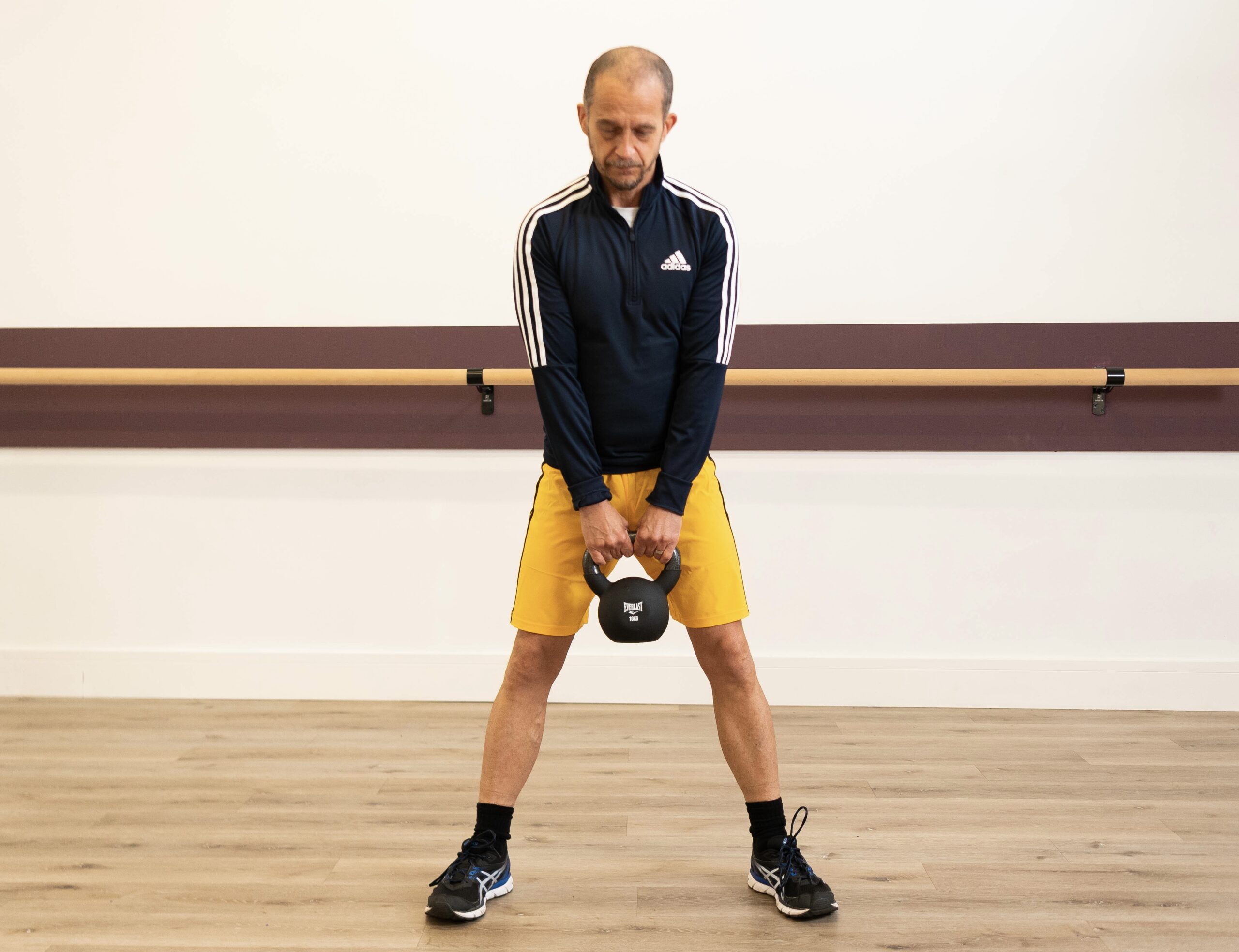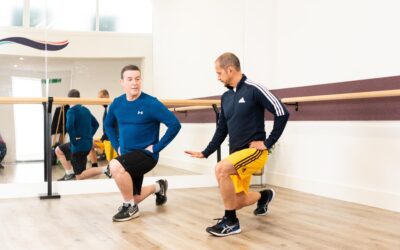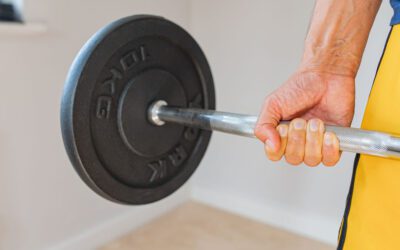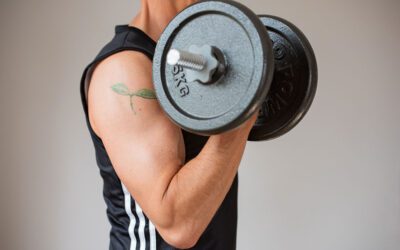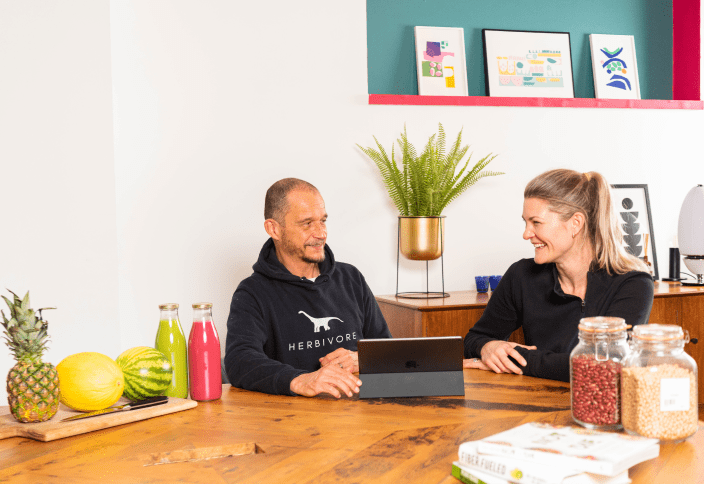Introduction
Using kettlebells in your home workout helps you to add variety, resistance, intensity, and volume to your exercises. They are very simple yet very versatile pieces of equipment, which can be used for whole body and cardio work, leg strength, and upper body strength. For people with joint problems, who want to avoid high impact exercises, using kettlebells can help you to work harder while keeping your feet on the ground. Finally, the extra weight of a kettlebell, particularly when it is being swung, forces you to engage the core muscles to maintain good posture. This adds core strength work to the exercises.
Space requirements
In terms of space, a clear, flat area of around 2m x 2m is ideal. Because some of the kettlebell exercises require the person to swing the implement, the area should be l clear of objects such as lamps. It is also best not to workout under the ceiling lamp as some of the exercises have overhead work. Finally, because the kettlebell is swapped from hand to hand in some exercises, it is advisable to operate over a mat – you don’t want to drop an iron 12kg kettlebell on your porcelain kitchen tiles if you miss your pass!
Equipment recommendations
I recommend investing in cast iron kettlebells. They are more expensive than the vinyl ones that are filled with cement, but they will last forever and will take up less storage space. It is worth shopping around as different retailers will have offers on at different times.
Weights of kettlebell from 5kg to 50kg are available to buy. In terms of the weight of the kettlebell a person should initially invest in, that depends very much on their size and strength. A man of average build with a body weight of around 75-85kg should find that a kettlebell of 10-12kg is suitable to begin with. A woman of average build weighing 60-75kg May find a kettlebell of 6-8kg more suitable. Adjustable kettlebells are also available to buy. These devices allow you to increase or decrease the weight (from say 6 to 18kg) according to your strength and fitness level as well as the exercise that you are doing. Manual versions start at around £65 with electric devices costing upwards of £150.
Workout 1 – whole body and aerobic fitness
These 6 exercises will work muscles throughout the body, which means that they will also test out your cardiovascular system and help you to build aerobic fitness at the same time.
- Double arm swing
- Figure of 8
- Squat with vertical row
- Step back and pass
- Single arm swings
- Single arm lift and press
Take a look at the “how to” video below for technical tips and guidance.
Workout 2 – upper body strength
These exercises are traditionally done with dumbbells or barbells, but are just as easily accomplished with kettlebells if that’s what you have to hand.
- Vertical row
- Biceps curls
- Triceps press
- Single arm row
- Overhead press
Take a look at the “how to” video below for technical tips and guidance.
Exercise repetitions, sets, rest, and progression
Repetitions or timed intervals can both be effective. I tend to go for timed intervals in my whole body kettlebell workouts because of the high number of repetitions that one can get through in a set of exercise. For upper body strength I tend to prefer counting repetitions.
Timed intervals for whole body exercises:
- Start with 3 sets of each exercise.
- Each set should be 30 seconds.
- The length of recovery between each set should be determined by your level of fitness.
- To begin with a recovery time of 30 seconds should be about right, but as you get fitter, you can reduce this to 20 seconds, and then to 10 seconds.
- After that you can increase the exercise time to 45 seconds or even 1 minute.
Counted repetitions for strength exercises:
For each exercise you should do 3-5 sets of 8-12 repetitions (reps). This should be enough volume of work to stimulate muscle overload, and therefore the muscles will rebuild back stronger in the subsequent recovery phase.
By the end of the final set you should be struggling to lift the weights and finish the reps. If you are not working at 100% like this, at least in the last set then you won’t overload the muscles.
Here is an example, using biceps curls, of how you should structure and progress your exercises from the first session.
Session 1: 4 sets of 10 reps with 6.5kg dumbbells – finished comfortably
Session 2: 4 sets of 12 reps with 6.5kg dumbbells – finished with difficulty
Session 3: 4 sets of 12 reps with 6.5kg dumbbells – finished comfortably
Session 4: 4 sets of 8 reps with 7.5kg dumbbells – finished comfortably
Session 5: 4 sets of 10 reps with 7.5kg dumbbells – finished with difficulty
Across the 5 sessions the work has increased from 4 x 10 reps with 6.5kg dumbbells to 4 x 10 reps with 7.5kg dumbbells. You will notice that the first increase was in the number of reps, from 10 to 12. Once you can accomplish 4 x 12 reps you should increase the weight in the next session, but drop the reps to 8 for each set. Then build up the reps from session to session until you get to 4 x 12 with the new weight. That’s the time to increase the weight again and drop the reps to 4 x 8.

